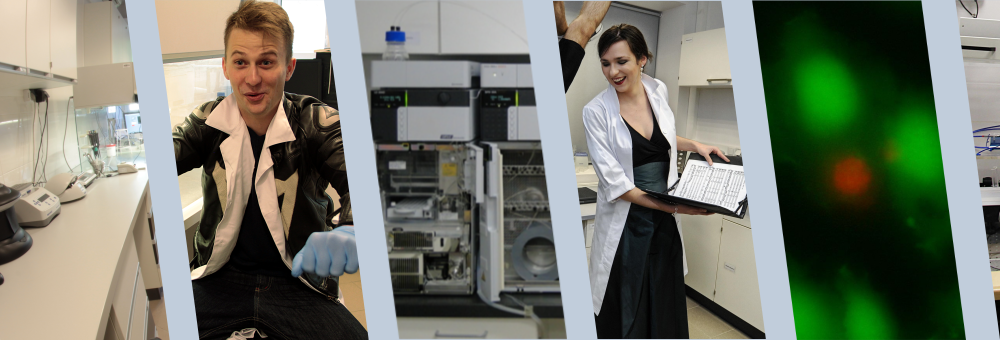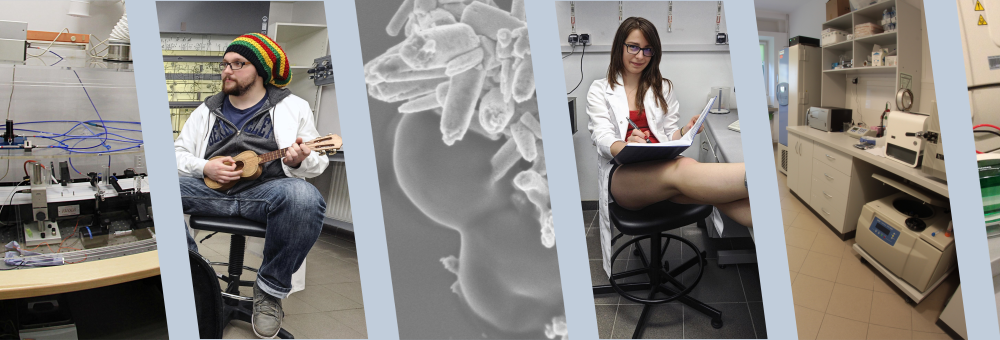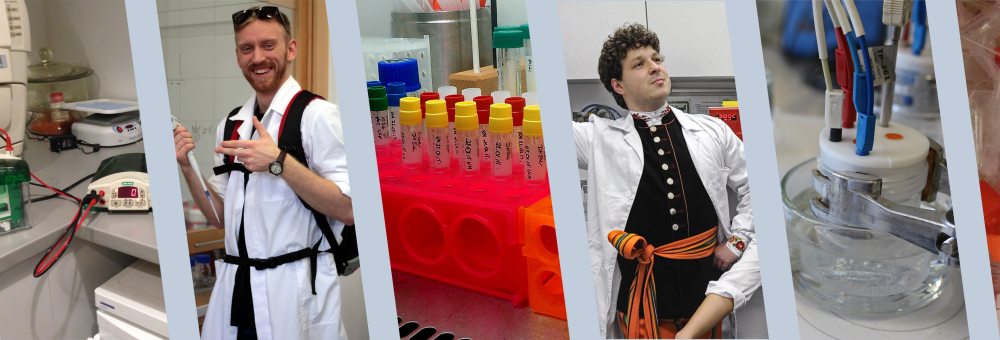Publication
Evaporation of freely suspended single droplets: experimental, theoretical and computational simulations
Author(s): Holyst, R. and Litniewski, M. and Jakubczyk, D. and Kolwas, K. and M. and Kowalski, K. and Migacz, S. and Palesa, S. and Zientara, M.
Title: Evaporation of freely suspended single droplets: experimental, theoretical and computational simulations
Abstract: Evaporation is ubiquitous in nature. This process influences the the formation of clouds, transpiration in plants, the survival arctic organisms, the efficiency of car engines, the structure of materials and many other phenomena. Recent experiments discovered novel mechanisms accompanying evaporation: temperature discontinuity the liquid-vapour interface during evaporation and equilibration of in the whole system during evaporation. None of these effects been predicted previously by existing theories despite the fact that 130 years of investigation the theory of evaporation was believed be mature. These two effects call for reanalysis of existing data and such is the goal of this review. In this article analyse the experimental and the computational simulation data on the evaporation of several different systems: water into its own water into the air, diethylene glycol into nitrogen and argon its own vapour. We show that the temperature discontinuity at the interface discovered by Fang and Ward (1999 Phys. Rev. E 417-28) is a rule rather than an exception. We show in computer for a single-component system (argon) that this is due to the constraint of momentum/pressure equilibrium evaporation. For high vapour pressure the temperature is across the liquid-vapour interface, while for small vapour the temperature is discontinuous. The temperature jump at the is inversely proportional to the vapour density close to the We have also found that all analysed data are described by
Journal: REPORTS ON PROGRESS IN PHYSICS
Volume: 76
ID: ISI:000315446800003
Year: 2013
DOI: 10.1088/0034-4885/76/3/034601









